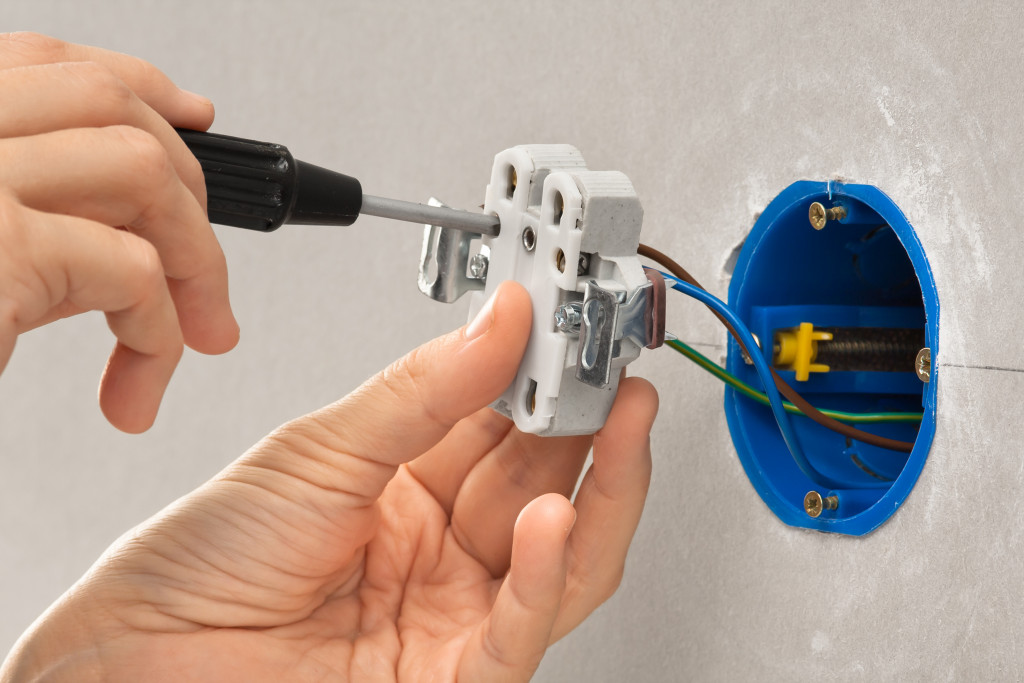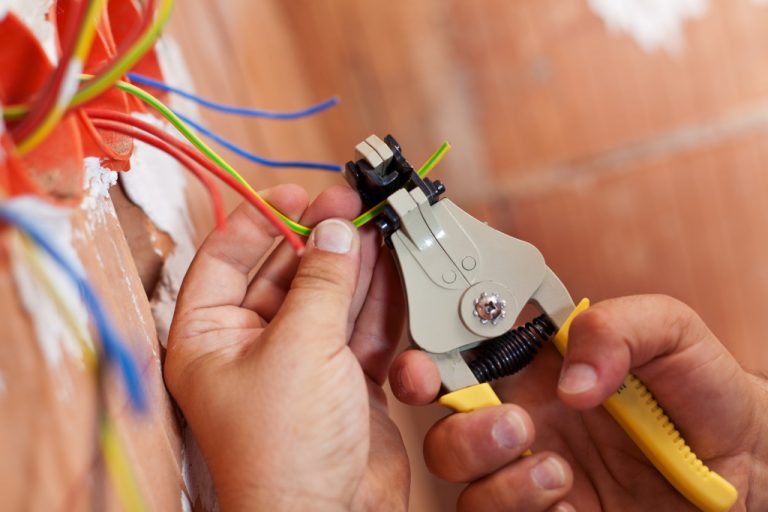- Hiring electrical repair services and performing regular visual inspections are essential to ensuring electrical safety at home.
- Installing childproof covers on outlets is necessary to prevent children from accidentally touching exposed wires or getting shocked.
- Using surge protectors when necessary prevents an overload of electricity from entering the household.
- Purchase quality plugs and receptacles that meet the electrical standards for safety and are certified safe for your area.
Electrical safety is critical for any home, especially in older homes with outdated wiring. It’s essential to understand the risks and how to minimize them to keep your family safe from electrical hazards.
Fortunately, there are some simple steps you can take to ensure proper electrical safety at home. From checking outlets and cords regularly for signs of damage to using surge protectors when necessary, these tips will help you keep your home electrically safe so that you don’t have to worry about potential shocks or fires caused by faulty wiring.
Hire electrical repair services

It is always essential to ensure the electrical safety of your home. One way to do this is to make sure that you hire electrical repair services to check and maintain your wires, outlets, and other possible issues.
By hiring these services, you can have a professional make sure everything is up to code, identify any potential safety hazards, and advise on repairs or replacements that may need to be made.
Additionally, services typically provide a warranty for their work, so you can feel assured knowing a reliable supplier backs the job. It’s essential to keep electrical systems running safely, so hire qualified professionals for any work around your home.
Perform regular visual inspections
Regular visual inspections of outlets and electrical cords are crucial to electrical safety at home. You can ensure your home is safe from fire hazards by checking for any damage or wear. Inspecting outlets and cords is easy and only takes a few minutes.
Look for any signs of damage, such as cracks, fraying, or exposed wires. If you notice any damage, replace the outlet or cord immediately. By taking these simple precautions, you can help keep your home safe and sound.
Ensure safety measures with wirings
Make sure all outlets have childproof covers installed
Keeping your home electrically safe is essential to creating a safe and healthy environment for everyone. Having childproof covers on electrical sockets is one way to ensure that children do not accidentally stick their fingers or any other object into the socket and receive a shock.
Installing these covers correctly ensures they are secure and cannot be pulled off easily. To properly install childproof covers, start by removing the outlet cover plate with a screwdriver and then placing the cover over the faceplate. Securely tighten each of the screws and make sure that all outlets have been covered. These simple steps will ensure your home remains electrically safe for everyone!
Use surge protectors when necessary.
Power surges commonly occur in homes due to electrical appliances drawing more power at one time than usual and lightning strikes. To ensure electrical safety, it is essential to use surge protectors when necessary. Doing so prevents electricity overload from entering your household and damaging your appliances or electronics.
When installing surge protectors, you should ensure they are on the outlets where you can plug in the most sensitive devices, such as computers, video game consoles, and TVs. It is also essential to connect them with a reliable grounding wire for extra protection in the case of a lightning strike. Utilizing surge protectors correctly will ensure your house is safe from electrical surges!
Do not use too many appliances in one outlet.
Home electrical safety is often overlooked when it comes to appliances, and homeowners can get into a dangerous situation if not handled correctly. To ensure electrical safety at home, it’s essential not to use too many appliances in one outlet, especially with extension cords. Doing so can overload the circuit and create a fire hazard.
Also, ensure all of your cords are rated for the electricity being used, and that extension cords are only used temporarily. When plugging several corded appliances into the same outlet, you should use a power strip with an internal circuit breaker that can limit the amount of current sent through the outlet, protecting against potential fires. Taking these steps will help protect your home from potential harm and keep your family safe in their own space.
Use quality plugs and receptacles.

Always take the necessary steps to ensure that only correctly rated plugs and receptacles are used in your house. The first step in doing this is to check that all power outlet components, including plugs and receptacles, meet the specific electrical standards for safety established by your country or region.
It is generally recommended that a qualified electrician inspect any existing wiring in your home regularly, as you may not have installed older wiring according to current safety standards.
Additionally, when purchasing new wiring components for repairs or upgrades, always ensure that they are certified safe for use in your area and are rated for the correct amperage (the amount of electrical current they can safely supply).
These are some critical steps to ensure electrical safety at home. By performing regular inspections, hiring repair services, using surge protectors when necessary, and providing all plugs and receptacles are up-to-date and certified for use in your area, you can help keep your family safe from potential hazards.













